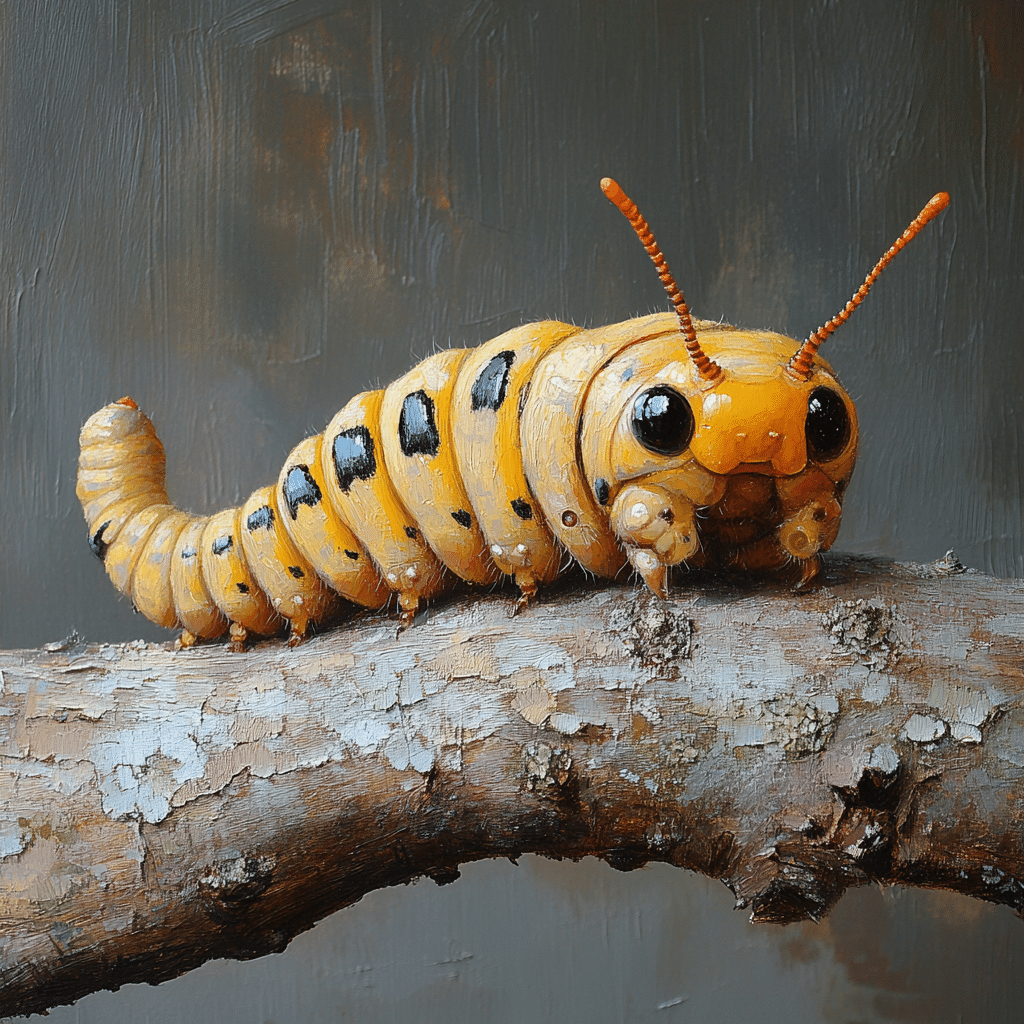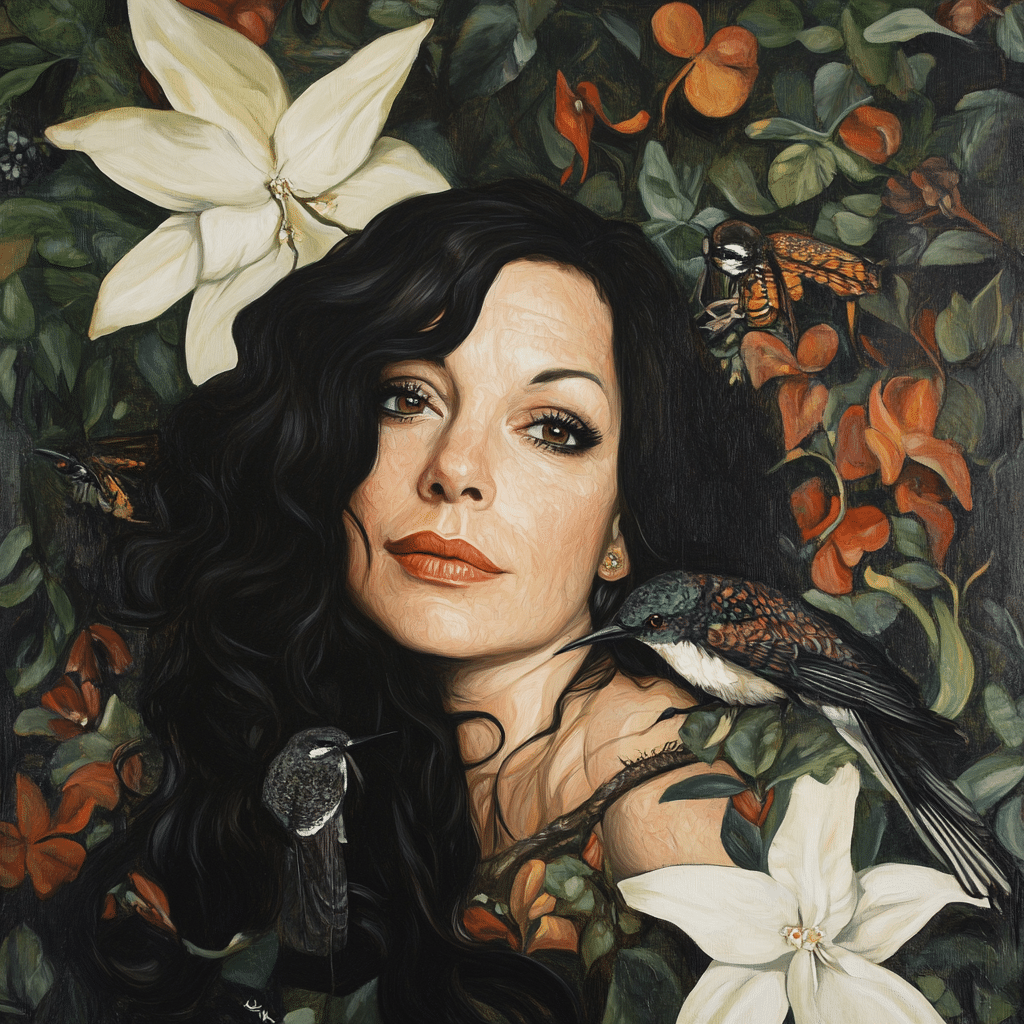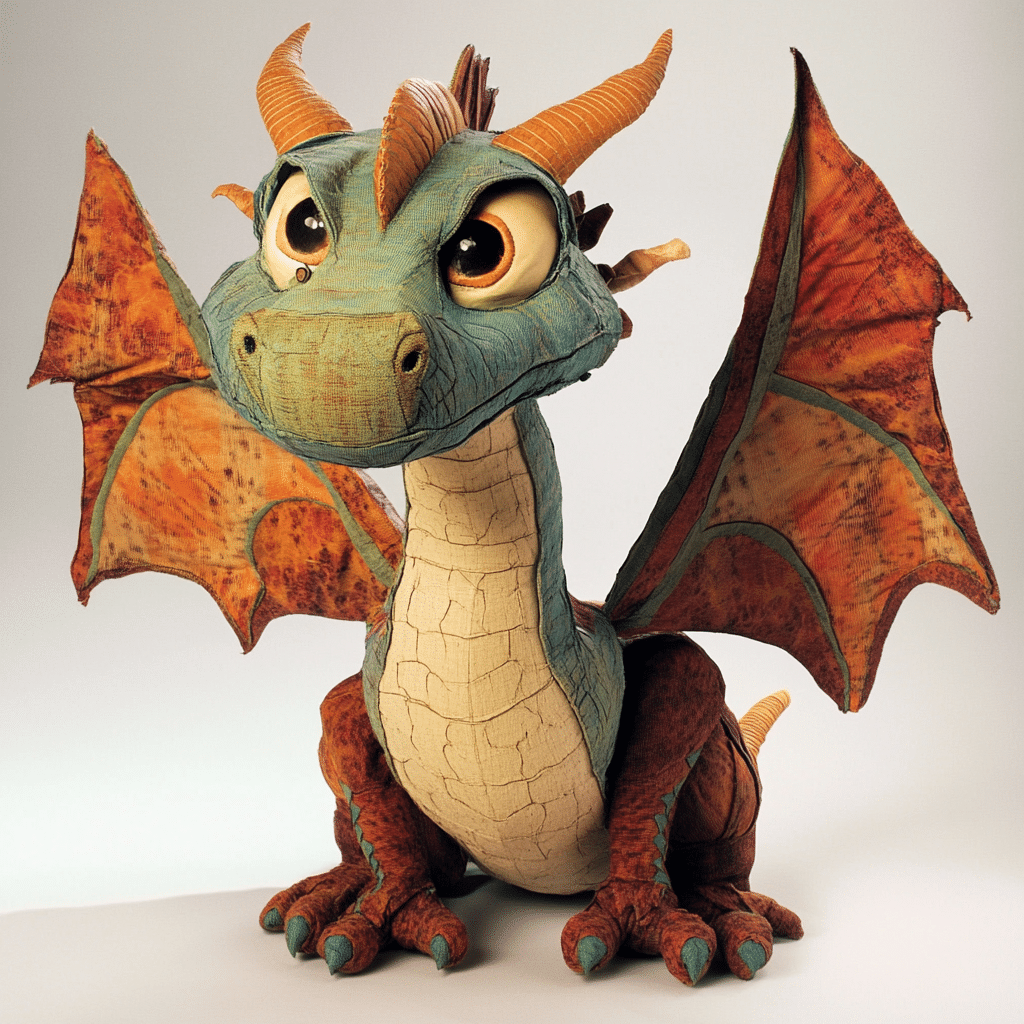Swallowtail caterpillars are a wonder of nature, showcasing a vibrant spectrum of colors and patterns that mesmerize anyone lucky enough to encounter them. Belonging to the family Papilionidae, these caterpillars serve as the larval stage of some of the most beautiful butterflies in the world, like the Eastern Tiger Swallowtail and the Zebra Swallowtail. With bright greens, yellows, and intricate markings, swallowtail caterpillars can easily deceive predators, using a combination of camouflage and warning signals. This article delves into their unique features, remarkable transformations, habitat, life cycle, ecosystem roles, and the importance of conserving these magical insects.
The Unique Features of the Swallowtail Caterpillar
Swallowtail caterpillars boast some incredible characteristics that not only serve to protect them but also to dazzle observers.
What’s especially fascinating is that not all swallowtail caterpillars are the same. The Spicebush Swallowtail roller-coaster ride of evolution has adorned these pests with a quirky adaptation—their eyespots. These spots resemble a snake’s eyes, an illusion that throws off potential threats. The fact that nature’s toolkit includes such creativity speaks volumes about the rich diversity of life around us.
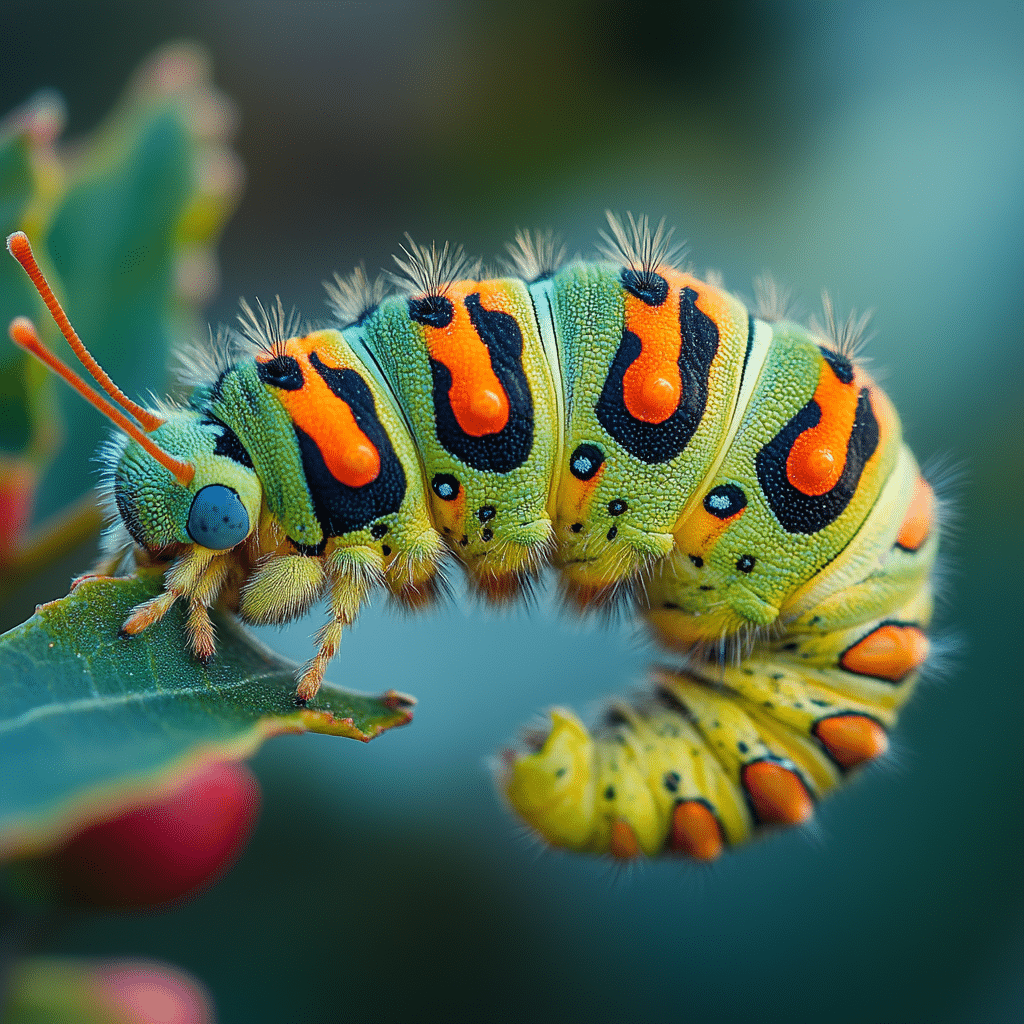
Top 5 Remarkable Transformations of Swallowtail Caterpillars
The metamorphosis from a simple caterpillar to a stunning butterfly is nothing short of mesmerizing. Here are five exceptional transformations that highlight the journey of swallowtail caterpillars:
Before turning into a butterfly, the Eastern Tiger Swallowtail caterpillar shifts its brilliant green hues to a darker camouflage color, making it less conspicuous to predators lurking nearby.
Armed with distinct eyespots that mimic a snake’s gaze, the Spicebush caterpillar expands its defense mechanisms. This transformation not only scares potential threats away but also sets the stage for a breathtaking butterfly finale.
The Anise Swallowtail caterpillar starts as a vibrant green and transitions to a deep black adorned with yellow markings. This striking change enhances its ability to hide amongst plants and sidestep danger during its formative periods.
With a velvety look, the Palamedes caterpillar takes mimicry to another level. Its texture resembles the surfaces of its host plants, providing an extra layer of defense against hungry avian predators.
Not to be outdone, the Black Swallowtail caterpillar transitions from a rich green, shiny skin to a beautifully patterned black-and-yellow butterfly. The change is not only stunning, but practical, helping it thrive in various environments.
Each of these transformations offers a glimpse into the rich tapestry of life and showcases nature’s incredible creativity.
The Environment and Habitat of Swallowtail Caterpillars
Swallowtail caterpillars can thrive in diverse ecosystems, from humdrum gardens to lush forests. Their habitat preferences often hinge on the host plants they rely on for nourishment.
Ecologically, host plants play a seismic role. They provide vital nutrition not just for swallowtail caterpillars but for the butterflies that will subsequently pollinate flowers, contributing to higher biodiversity and stability in various habitats.
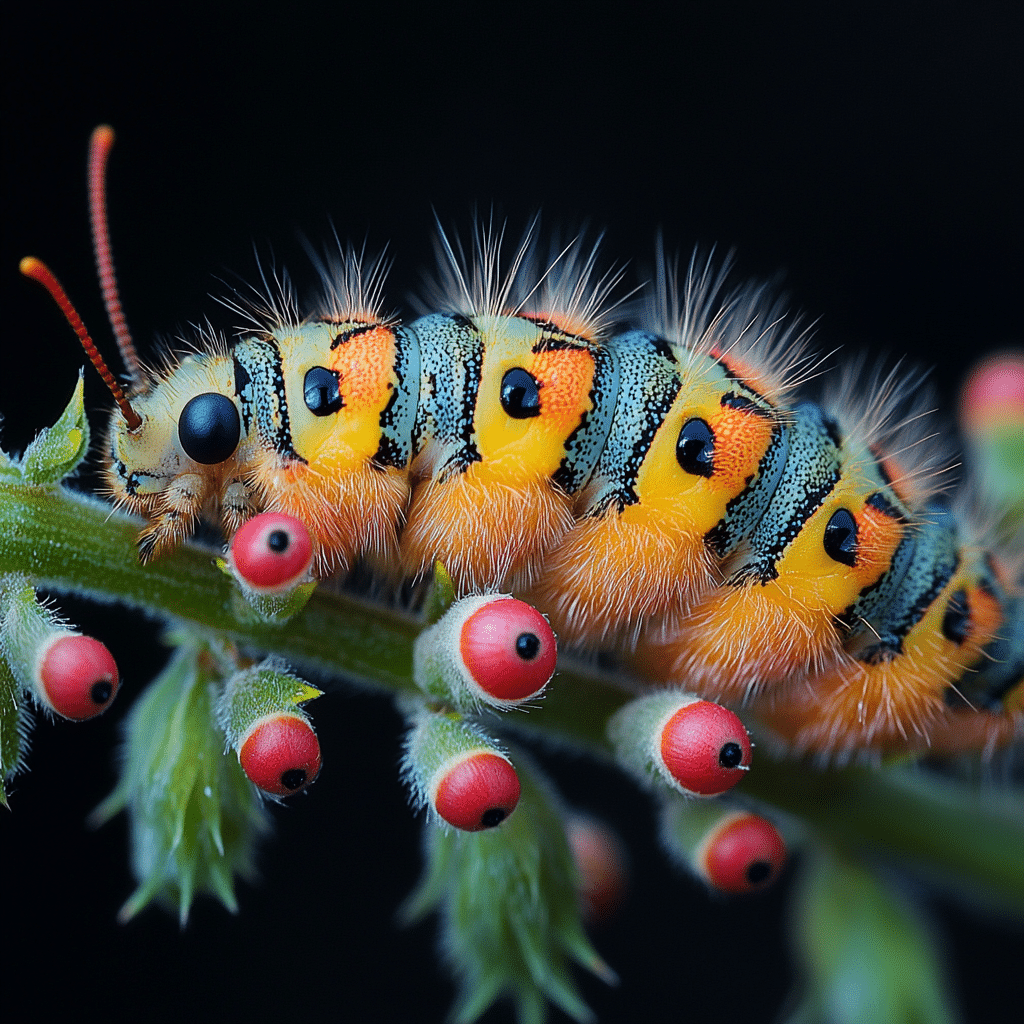
The Lifecycle of Swallowtail Caterpillars: A Closer Look
The life cycle of swallowtail caterpillars is a multi-stage journey full of trials and triumphs. It consists of four main stages: eggs, larvae, pupae, and adult butterflies.
Once it’s time for emergence, the adult butterfly must quickly adapt to flight and survival tactics. This phase is not just about beauty; it requires clever strategies for reproduction and escaping predators.
The Role of Swallowtail Caterpillars in Ecosystems
Swallowtail caterpillars serve essential roles within their ecosystems, influencing various environmental aspects through their interactions.
By acknowledging the integral role of swallowtail caterpillars, we emphasize the importance of preserving these complex relationships in nature.
The Future of Swallowtail Caterpillars and Conservation Efforts
Conservation efforts are critical as swallowtail caterpillars face challenges posed by climate change and habitat loss.
Through our care and understanding of the importance of swallowtail caterpillars, we can cultivate deeper connections with the environment and implement effective conservation strategies. As we face modern environmental challenges, focusing on these memorable creatures can inspire hope and commitment to ecological vitality.
In conclusion, swallowtail caterpillars offer an extraordinary glimpse into the wonders of transformation and adaptation in nature. With their vibrant colors, remarkable life cycles, and crucial roles in ecosystems, they teach us about the delicate balance of life on Earth. By appreciating and conserving these incredible insects, we foster not just their survival but the rich biodiversity that sustains our planet.
Swallowtail Caterpillar: The Colorful Transformation Journey
Fascinating Facts About Swallowtail Caterpillars
Did you know that swallowtail caterpillars can vary wildly in color? Depending on the species, they can be vibrant greens, or striking oranges, which not only look beautiful but also help them blend into their surroundings. This camouflage is vital for evading predators. Interestingly, some folks say that certain swallowtail caterpillars even resemble bird droppings, which is a sneaky trick to avoid being eaten. Just like the surprising twists in Monica Lewinsky’s life, these little creatures have their own unexpected turns!
Another fun aspect of the swallowtail caterpillar’s life cycle is its metamorphosis. After a few weeks of munching on leaves, they enter the pupal stage, hiding away until they transform into majestic butterflies. It’s a bit like waiting for a sports team to show up, like when you’re looking forward to Top Gun Baseball season. The anticipation builds, and when the moment arrives, it’s all worth it! Speaking of excitement, just like how fans eagerly look forward to the T20 World Cup 2025 with their tickets in hand, caterpillars are busy preparing for a stunning debut.
Cultural Tidbits and Connections
Swallowtail caterpillars have a presence in various cultures as well! In places like Hong Kong, the beautiful butterflies are often associated with good fortune and transformation. Their journey from humble caterpillar to stunning butterfly serves as a metaphor for change—kind of like how Pho Tai has become a beloved dish in many regions, embodying how food can unite people. The prevalence of these butterflies in a region can even symbolize the health of the ecosystem, providing clues about how nature’s balance is faring.
Lastly, did you know that the average swallowtail caterpillar is relatively harmless, although some species can taste unpleasant to potential predators? Their ability to both blend in and stand out is a great survival tactic, much like how Ice Spice has carved her niche in the music scene despite the competition. And just as one keeps an eye on the median rent in the U.S. to adjust their living situation, nature’s creatures adapt over time, ensuring they thrive within their environments. The swallowtail caterpillar’s journey reminds us of life’s beautiful transitions—full of color and surprise!
